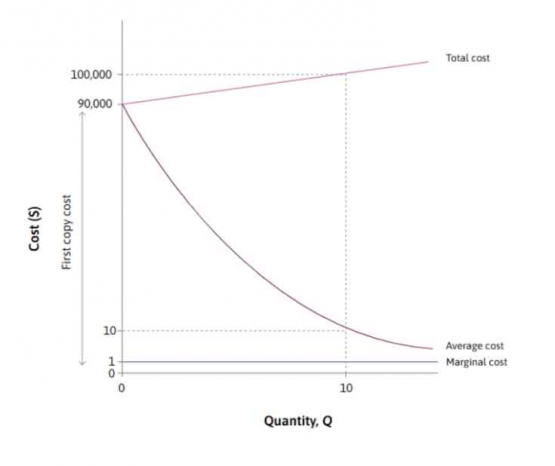In order to fully understand the concept of innovation (or at least grasp its basics), we should look at how innovation seems so complicated through the lens of policymakers, and why it is so hard for other countries -- or take South Africa as our example -- to just copy the leading world innovation systems, the Silicon Valley and German Innovation System.
These aspects are:
External effects -- defined as a positive or negative effect of a production, consumption, or other economic decision on another person or people that is not specified as part of the market transaction (outside the contract). A firm's successful invention almost always has either positive or negative effects on the value of other firms' investments in the innovation process.
-
Public goods -- in theory, a public good means it can be consumed by one person without reducing its availability to others (non-rivalry) and also cannot exclude others from consuming it (non-excludable). Innovation involves the generation of new knowledge through a blend of existing knowledge and creative ideas. It's important to note that since ideas and knowledge -- which currently have significant contributions to the so-called knowledge economy -- are generally considered as public goods (Cooke et al., 2006), e.g. providing access to "cooking recipes" for new users does not take away the value from the current users. This characteristic transforms the innovation process into one that utilizes public resources to create further public benefits, such as vaccines for COVID-19.
Economies of scale -- it is a condition when the cost per unit is decreasing as the firm produces additional units (or put simply when the long-run average cost is downward-sloping). It is commonly misidentified with increasing return to scale -- when doubling all of the firm's inputs of production would lead to more than doubles of the output (hence, we're talking about proportion, instead of unit). However, both concepts are connected to each other, as the shape of the long-run average cost depends on its production return to scale. These economies of scale are commonly found in industries with high fixed costs, typically in the knowledge-intensive sectors (we'll come back to this concept later). In other words, firms entering a knowledge-intensive market first (known as first-mover advantage) -- e.g. biotechnology, software, etc. -- often can capture the entire market (the so-called winners-take-all), at least temporarily.
As previously mentioned, knowledge-intensive innovation could lead to economies of scale. There are basically two channels:
1. The supply side (first copy costs)
The knowledge-intensive sectors are known for their relatively large fixed costs structure -- also known as first copy costs. A good real-world example is by looking at the best-selling music album of Michael Jackson called Thriller. According to discogs, the production cost reached $750.000 back in 1982 (taking into account inflation until now would equal more than twice of that amount!). However, it spent only less than $1 per CD for the marginal cost of producing additional copies. In addition, downloading the song would require zero additional cost.
The situation of these economies of scale on the supply side can be illustrated below:
2. The demand side (network effects)
We can value knowledge more as more individuals make use of it. Take the easiest example, the languages. Presently, over a billion individuals are engaged in the process of learning English as a language, which is higher than the number of native English speakers by more than threefold. The widespread desire to learn English does not come from the language's inherent superiority or its simplicity in learning (as many of you may already be aware). Rather, it is primarily driven by the fact that a significant number of people across various regions of the world already communicate in English.














